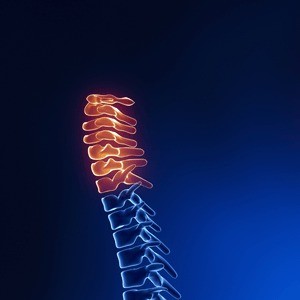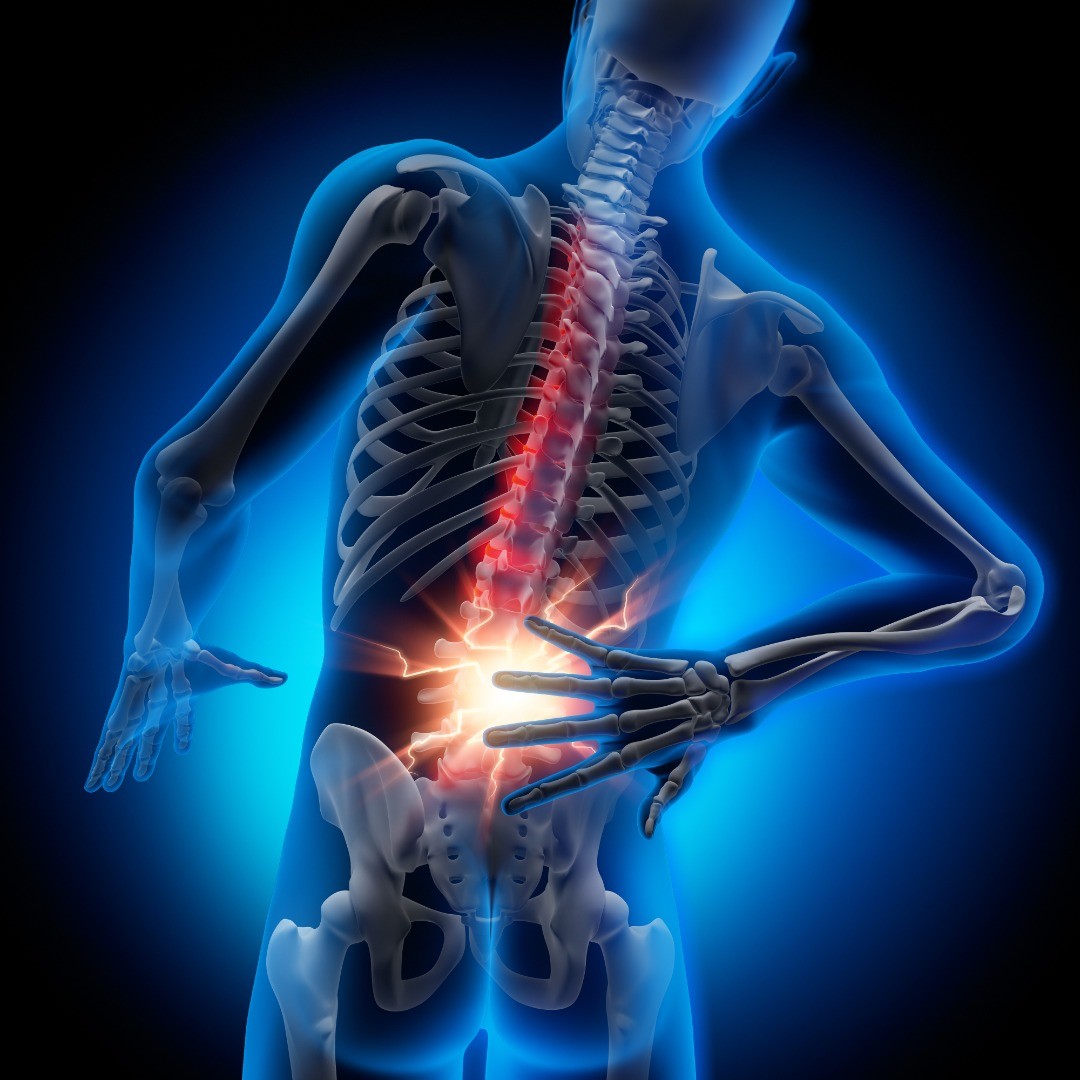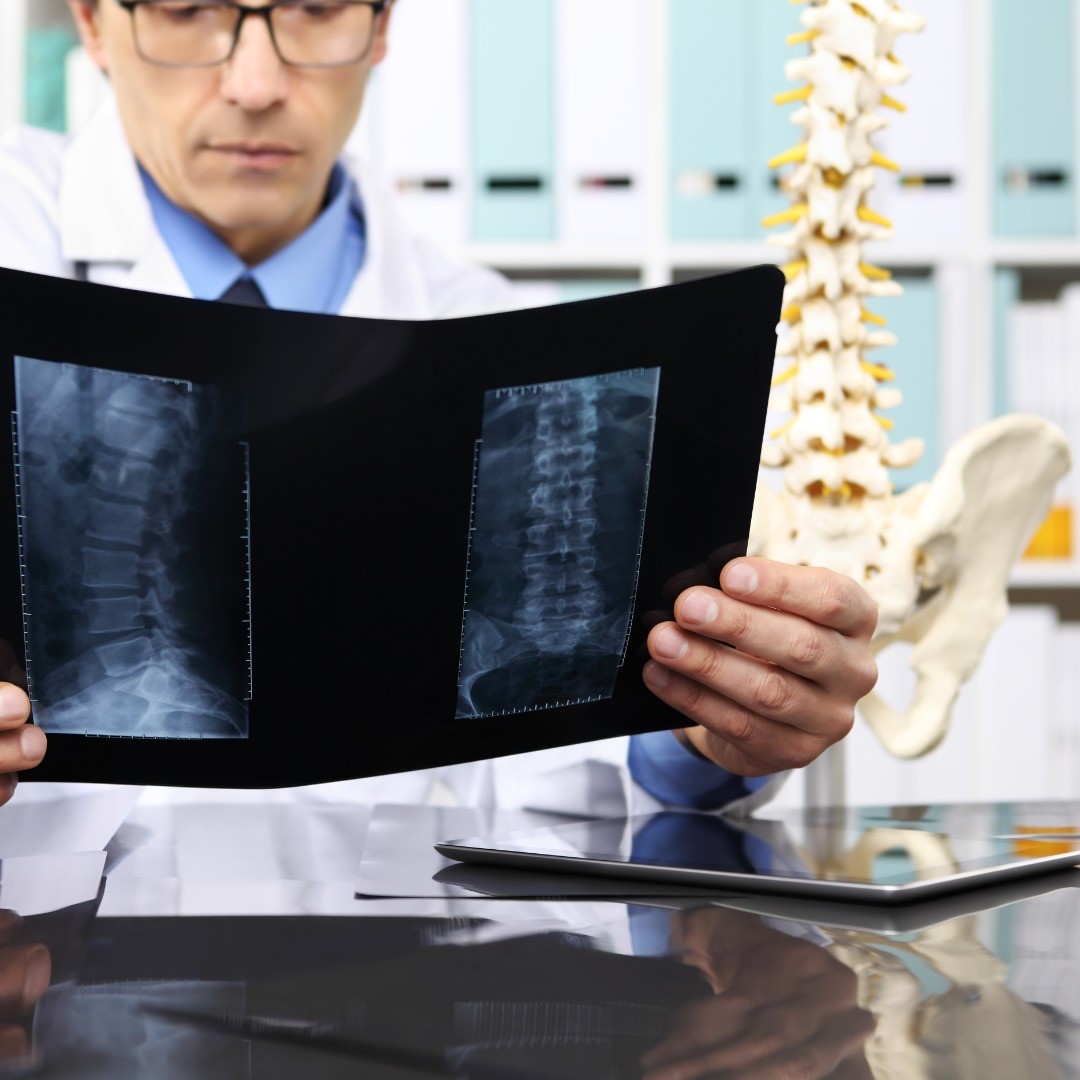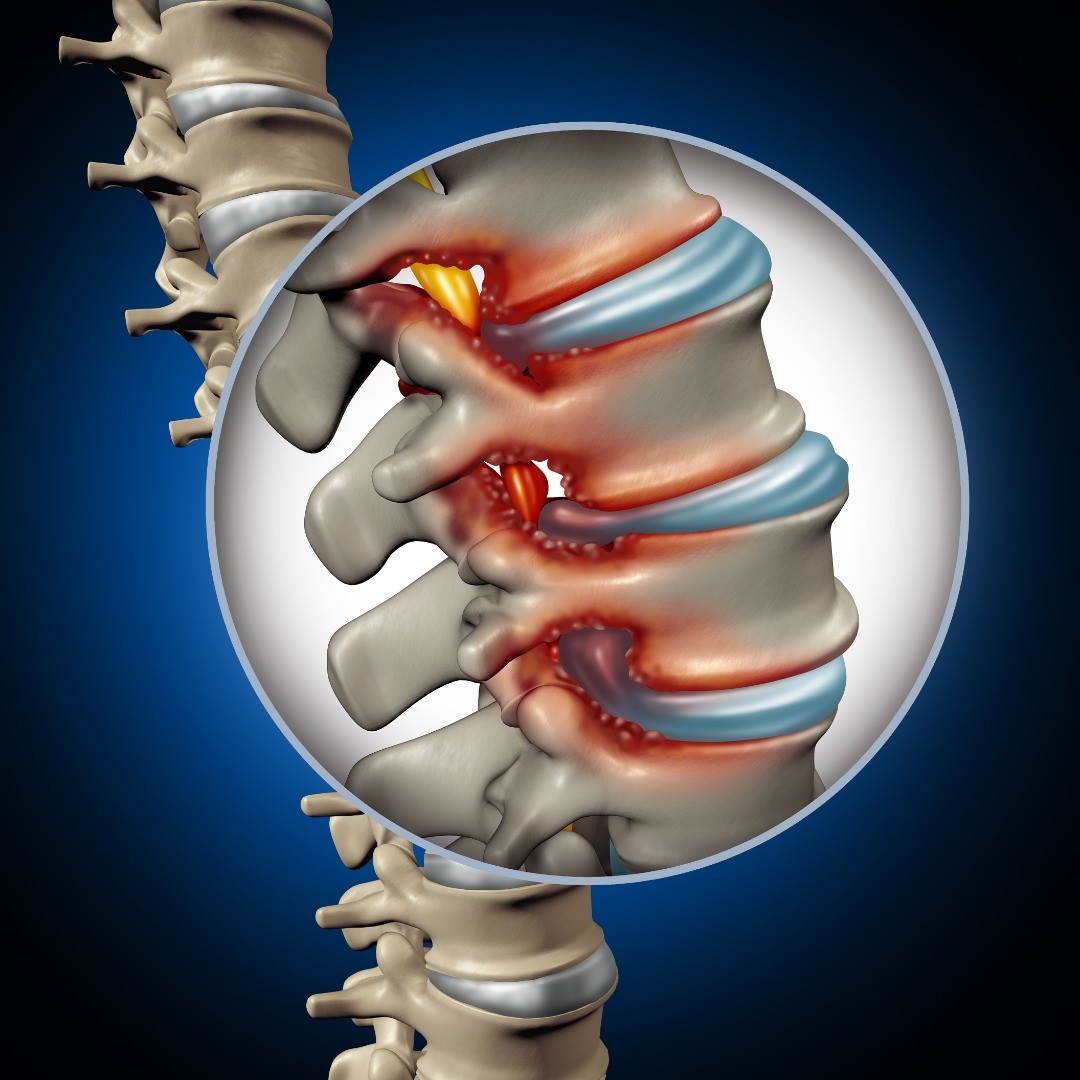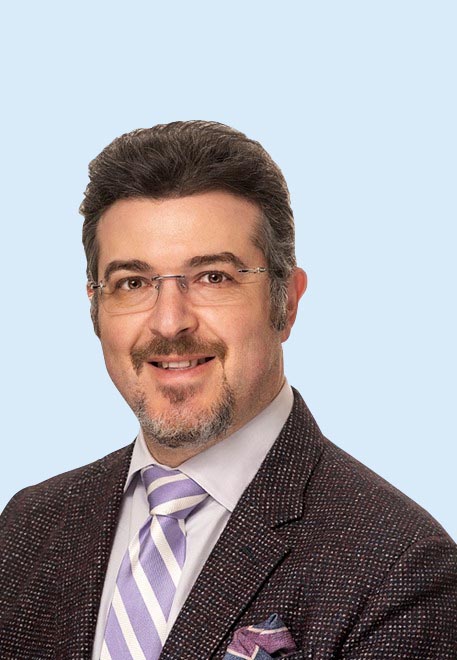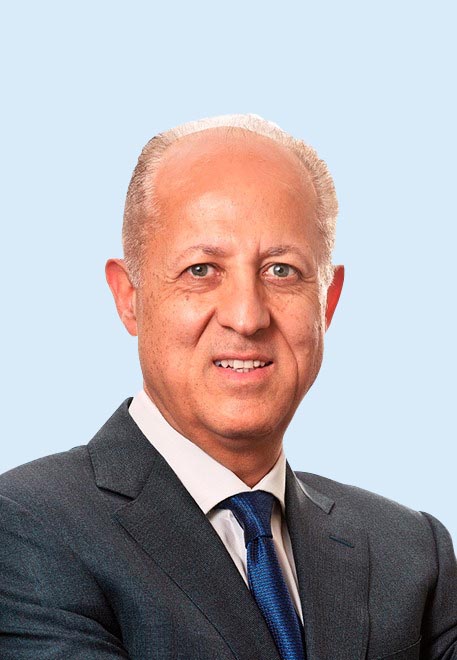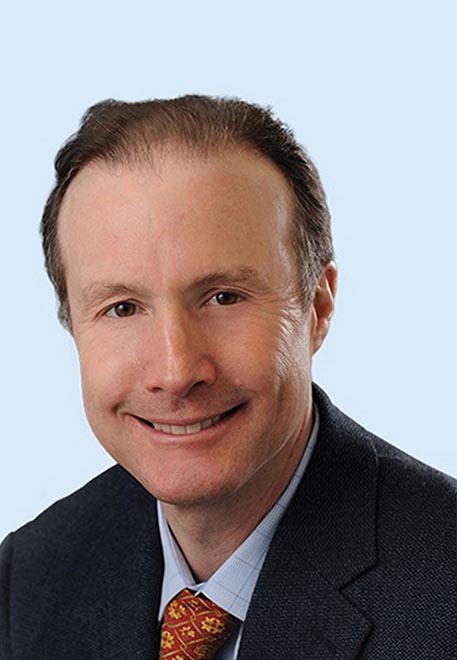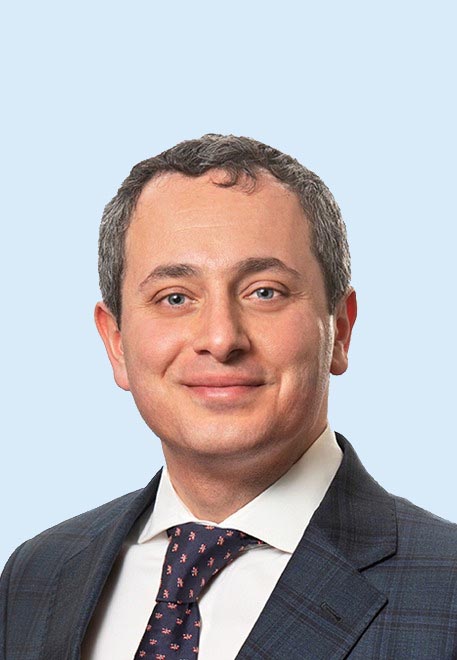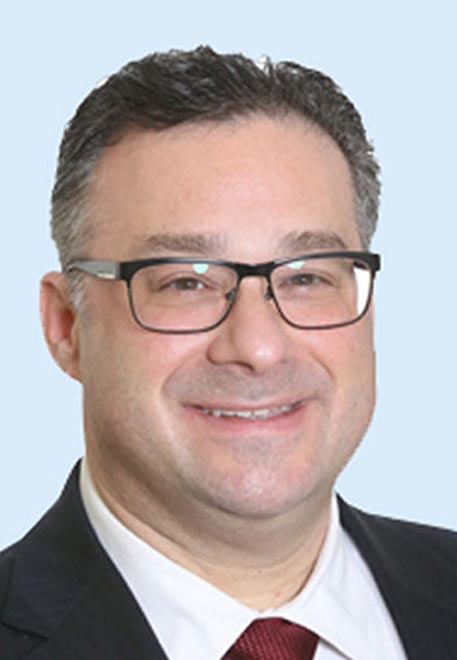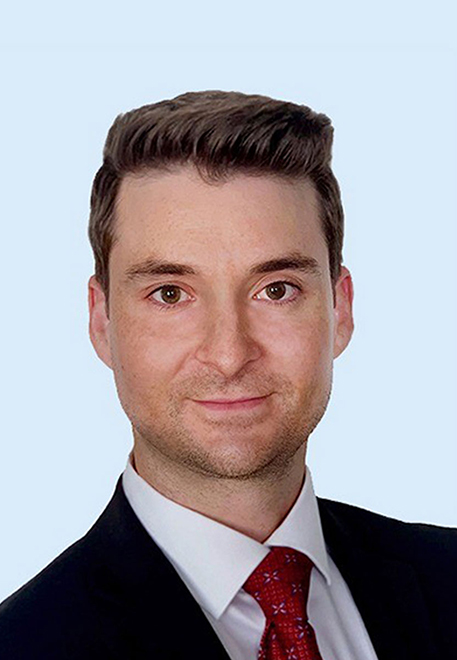- PATIENT FORMS | REQUEST A CONSULTATION | CONTACT US
- 1-844-NSPC-DOC
Herniated Disc Treatments
Innovative Herniated Disc Treatments
In recent years, many innovations in herniated disc treatments have dramatically improved the quality of life for patients suffering from debilitating spinal pain and loss of mobility. NSPC offers many of these new innovative treatment options, such as microdiscectomy, that are minimally invasive to provide patients faster recovery and quicker pain relief.
How Are Herniated Discs Diagnosed?
As with any accurate medical diagnosis, your doctor will need to review your medical history. A physical exam may include testing your muscle strength, nerve functionality and palpating areas along your spine to determine where your pain originates.
Sophisticated diagnostic tests such as
- Computed tomography (CT) scans
- Radiographic assessments
- Myelogram (a contrast dye injected into your cerebrospinal fluid to identify impingement of the disc onto nearby nerves) or discogram (contrast dye injected into the spinal disc in conjunction with X-rays or a CT scan)
may be used alongside magnetic resonance imaging (MRI) scans to give your physician a complete picture of your spine health.
What Are Herniated Disc Symptoms?
Spinal discs are the cushions between your vertebrae. A herniated disc occurs when a tear or movement in one of the cushions allows the gel-like middle portion of the disc to protrude—or herniate.
Acute and chronic pain is the most common symptom of a herniated disc. Affected discs in the lumbar spine (lower region of the back) will cause symptoms in the lower part of the body such as legs, buttocks or calves. A herniated disc in the neck or upper part of the spine will cause symptoms in the arms and shoulders.
Traumatic (quick) injury to lumbar discs commonly occurs from lifting while bent at the waist, rather than lifting while using the legs. Minor back pain is an indicator of general wear and tear that may result in a traumatic event from something simple like bending to pick up a pencil from the floor. Symptoms can include
- severe pain
- stiffness
- loss of flexibility
- numbness and weakness in arms or legs.
Sciatica occurs when the herniated disc presses on the sciatic nerve, causing pain to radiate along the nerve path to the buttocks and down the leg. Continued pressure on the nerve can cause radiculopathy or nerve root damage. Surgery for herniated disc may be the best treatment option if other more conservative approaches have failed.
Herniated Disc Treatments at NSPC
At NSPC, we take a multidisciplinary approach to pain management, and most herniated discs can be successfully treated with medication and therapies.
- Over-the-counter pain medicine—Your physician may prescribe analgesics such as Ibuprofen or naproxen to alleviate mild pain.
- Prescription medications—For more severe pain or pain that isn’t controlled by over-the-counter medications, your doctor may prescribe narcotics or nerve pain medications.
- Muscle relaxers—If you have muscle spasms, muscle relaxers may control the involuntary contractions.
- Cortisone injections—You may be given cortisone shots to reduce inflammation in the area and to relieve pressure on the nerve.
- Interventional medicine—Epidural steroid injections, facet joint injections, neurolytic blocks, spinal cord stimulators and drug delivery system implants in the spinal canal.
Types of Treatments
Depending on the cause of your herniated disc, along with other factors, initial treatment may include taking it easy and medications to control the pain.
If, after a period of time, more conservative treatments have failed to bring you relief, you may be a candidate for surgery. NSPC’s highly-trained neurosurgeons perform the most up-to-date minimally invasive and open spine procedures for common spine disorders such as herniated discs, to severe conditions that include spinal tumors.
A range of surgical options are available at NSPC Brain & Spine Surgery (NSPC) (NSPC) to treat herniated discs, contingent on your needs.
Physical therapy may show you how to avoid movements that aggravate your spine. Exercises and biofeedback are other non-pharmacological treatments that may help your condition.
However, when non-surgical slipped disc treatments don’t work, surgery may be the best option.
NSPC’s team of New York spine specialists are here to help with your back or neck pain. Contact us today and we can start the process with a consultation at one of our Long Island or NY area locations, with the right doctor.
Learn more about microdiscectomy, spinal fusion and the many other innovative herniated disc treatment options offered at NSPC, located in the New York area—including Long Island. Our spine centers offer you experienced neurosurgeons and skilled staff with cutting-edge treatments to provide you with world-class medical care.
Physicians
Connect With Our 7 Convenient Locations
across Long Island, NY
Our expert physicians, surgeons and doctors are ready to serve you at our 7 convenient locations across Long Island, NY. Connect today to learn how our award winning, world class experts can help.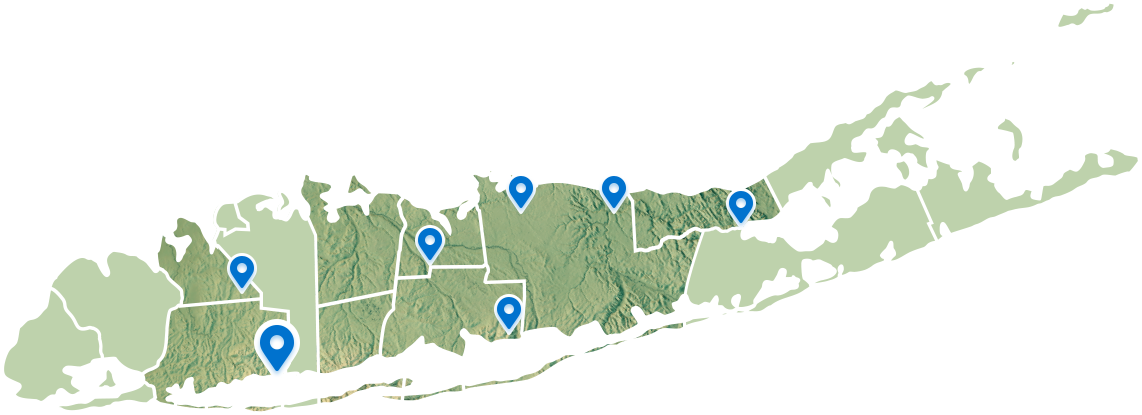
4250 Hempstead Turnpike Suite 4,
Bethpage, NY 11714
(516) 605-2720
COMMACK
353 Veterans Memorial Hwy,
Commack, NY 11725
(631) 864-3900
One Hollow Lane, Suite 212
Lake Success, NY 11042
(516) 442-2250
MANHATTAN
215 E. 77th Street Ground Floor
New York, NY 10075
(646) 809-4719
EAST SETAUKET
226 North Belle Mead Road, Suite C
East Setauket, NY 11733
(631) 828-3001
100 Merrick Road, Suite 128W
Rockville Centre, NY 11570
(516) 255-9031
WEST ISLIP
500 Montauk Hwy
West Islip, NY 11795
(631) 983-8400
World
Class
Expertise
For over 50 years & 350,000 patients NSPC has been a trusted global medical leader.
Contact us today for an appointment or consultation.

